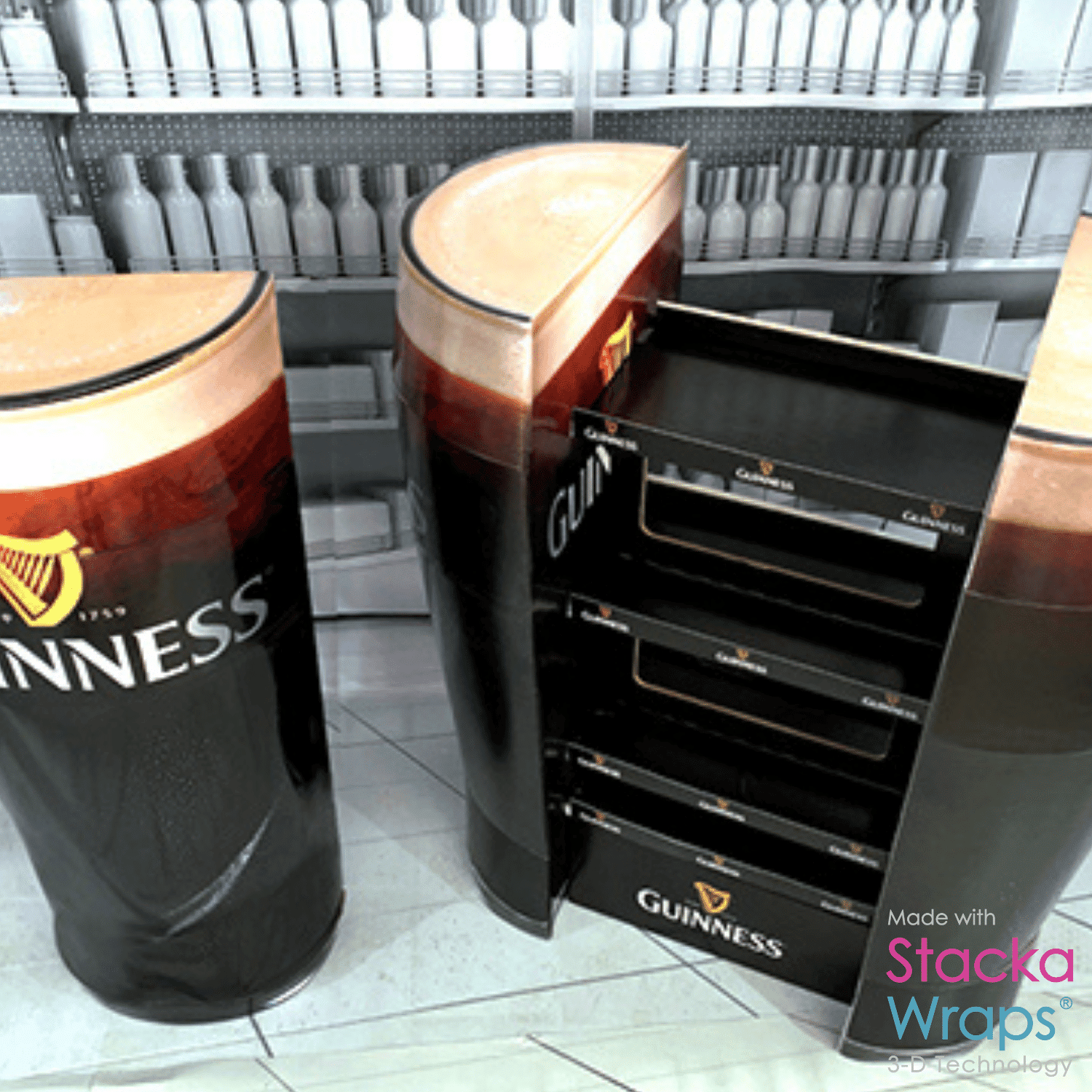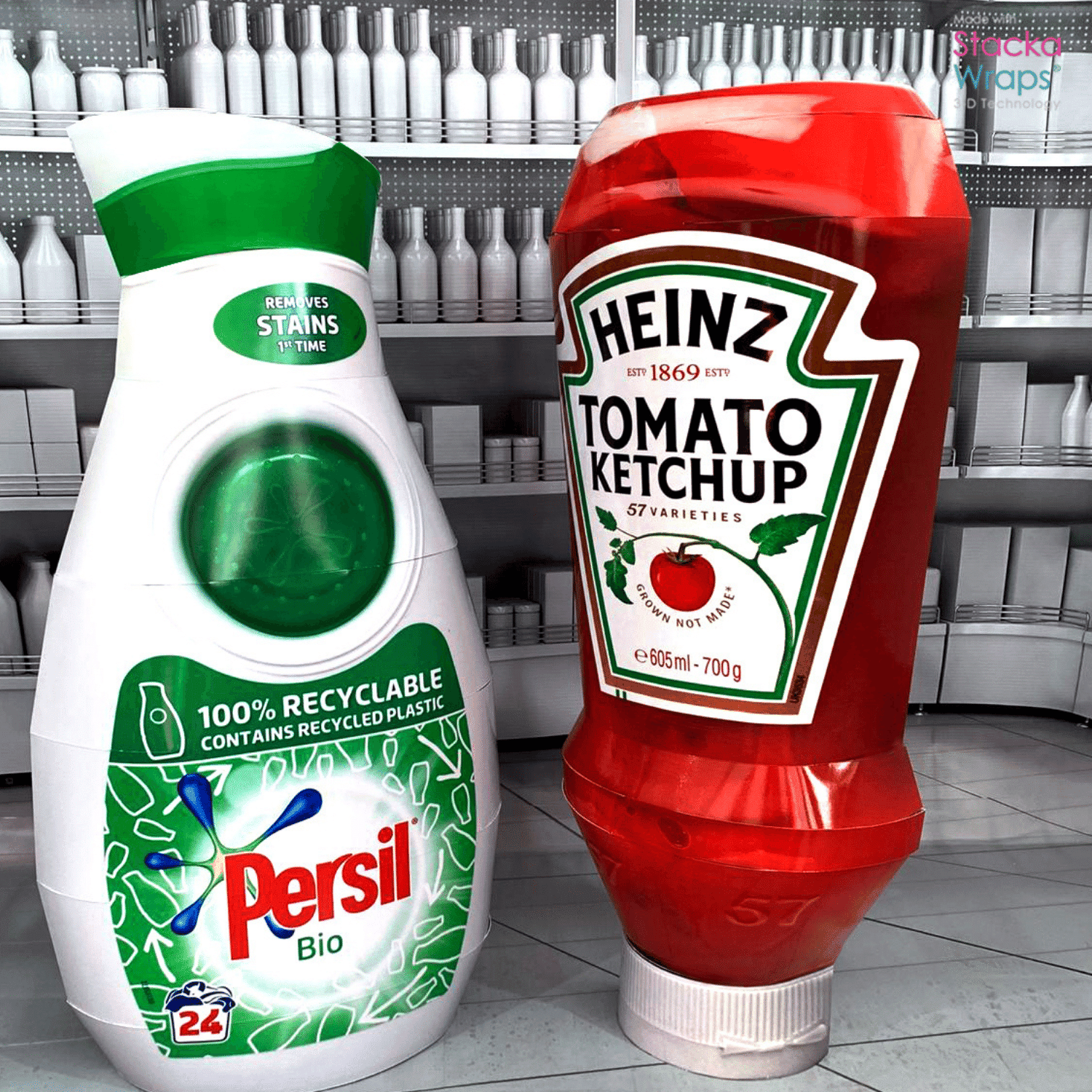10 Tips to Boost the Interior Décor of Your Business
The interior design of your business does more than add visual appeal. The right design choices encourage customers to spend more time in your store and improve the odds of securing a sale.
Improve your understanding of interior design principles for your business with our team at KDM. We provide design ideas for companies around the country, and our technicians can review your options when you contact us at (513) 769-3500.
Principles of Interior Design for Businesses
Understanding the principles behind interior design choices allows business owners to develop an eye-catching and unique design style that captures customer attention. Form and function blend with business interior design decisions.
When looking for design ideas for your business, consider the effects of color. You want to use bright colors to draw your customer’s attention but not to overwhelm them. Different colors inspire different emotions. For example:
- Blues and greens make people feel calmer
- Red can increase the odds of an impulse purchase
- Black gives your business a sense of classiness
Neutral tones for your walls and floors can help your products stand out in a room. You want to include eye-catching items throughout your business while avoiding clutter that can make your customers feel like they’re running out of space.
Your room decor should never draw attention away from your products. When decorating your business, consider utilizing your products in the displays. Regularly changing your displays gives your customers something new to look at when they visit, encouraging them to stay longer to shop.
Interior Designer Tips for Your Company
Keep the design principles we discussed in mind while considering some tips from designers to boost the visual appeal of your business..
#1: Focus on Your Storefront
Your storefront represents your first opportunity to make a statement with your design style. The best designs use available space to full effect. Consider traditional looks by focusing on the name of your business and window treatments.
Many business owners make a more modern statement with the storefront by focusing on minimization and lights.
#2: Make a First Impression with Your Threshold
The experts call the first 5-15 feet inside your doors the “threshold” or “decompression zone.” Customers transition into a shopping mindset in this room and develop a first impression about your store. They make assumptions about how affordable your products are, for example.
Customers generally overlook products and signage in this area, so keep product placement to a minimum in this area. Excess accessories in this space often overwhelm customers, so keep the decor simple.
#3: Place Your Power Wall
Most customers enter a business and then turn right. You can design a different floor plan for your company, of course, but this fights against the instincts most people develop through their life. Take advantage of the tendency to turn right by placing your “power wall” off to the right past the threshold.
Designers recommend that you use power walls to display products you want to show off, such as:
- Seasonal items
- New items
- High-demand products
Let your products speak for themselves on the power wall. Decorating with your products keeps customer attention on making a purchase.
#4: Build Atmosphere with the Lights
Modern interior design draws attention to key areas in a room through the use of lighting. Place bright lights to create eye-catching spots in the room. Use more intimate light sources – like table lamps – to provide a soft and welcoming atmosphere in small spaces.
You can use ceiling lights, sconces on the walls, or floor lamps to draw attention to details throughout your business.
#5: Keep Your Brand in Mind
Always focus on your brand when designing a room in your business. A beautiful room can catch the customer’s eye, but if the design choices don’t align with your brand, the conflict can make them feel uncomfortable.
We recommend thinking about the purpose of your brand – whether you sell dining room chairs, kitchen cabinetry, or art – while looking for design inspiration. For example, let’s say you operate a furniture store that sells repurposed items for the dining room.
Your brand may be creating something new from something old. The furniture you sell represents one of your most important design elements. Keep your focus on the furniture and avoid overly modern decor through the rooms in your store to maintain your brand. Include natural materials and antiques to support your design choices.
#6: Add Digital Signage
Do you sell furniture, art, or other products? Regardless of the items you sell, a designer can help you with an interior design plan that includes digital signage. Digital signs grab attention through the use of pictures, videos, and streaming media.
Include touch screen options to let customers view different types of furniture you have for sale. Consider adding motion-activated displays to create eye-catching features on the ceiling, walls, or floor, and direct customers to these areas with signage and graphic prints.
#7: Use Effective Displays
Creating a display represents a project all on its own. Businesses display their products, like furniture or art. Displays should fit the room in tone, style, and size. A very large display, such as a furniture display that includes a bed, may overwhelm a small room by taking up too much floor space.
#8: Make Your Store Look Bigger
The right interior design style can make a room look bigger. Traditional interior design experts often suggest:
- Using mirrors (even on the ceiling)
- Painting an accent wall
- Including small pieces of furniture
Keeping these ideas in mind while going through the design process allows you to develop a room style that works for your business.
#9: Add Some Music
Boost your style by setting up music in the room. Obscure speakers with furniture or place them up by the ceiling to save room in your business. Selecting tunes from different time periods can help you establish a specific style for your company.
#10: Adopt QR Codes
New interior design styles often include sale options directly into the decor. QR codes represent an example of this decision. Place a QR code on a piece of furniture or in other places around a room, allowing your customers to scan the code and get a discount or learn more about a specific product.
Work with Business Interior Designers
Contact an interior designer to discuss your options for personalizing every room in your business. Our team at KDM has created innovative design solutions featuring established and cutting-edge ideas. Find out more about your design options by calling us at (513) 769-3500.







